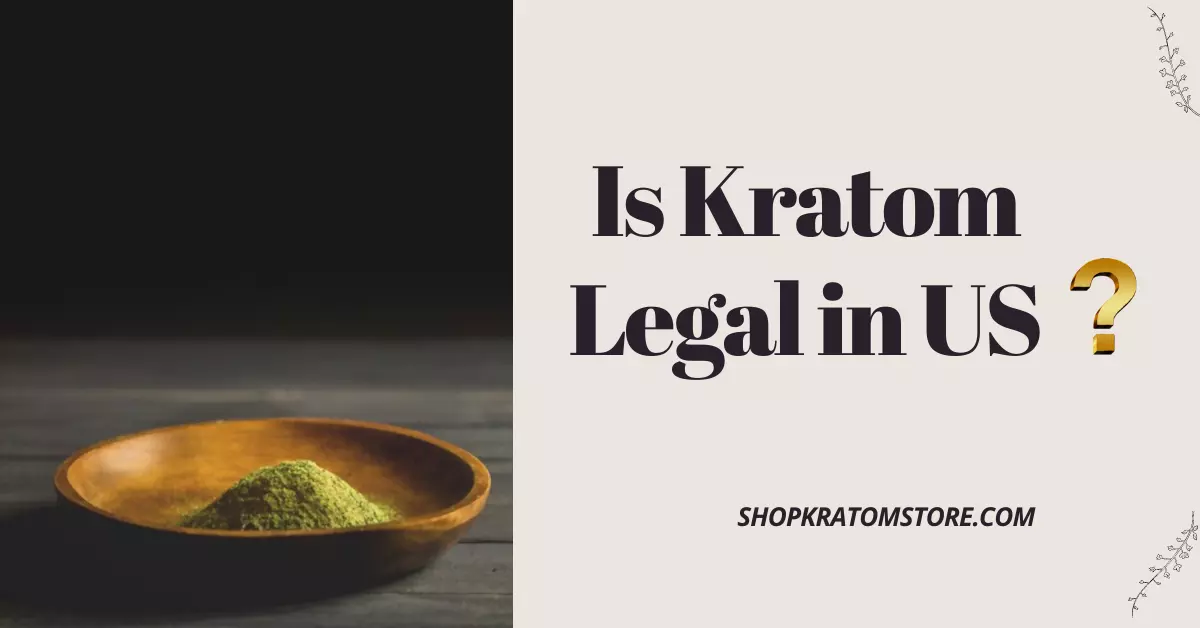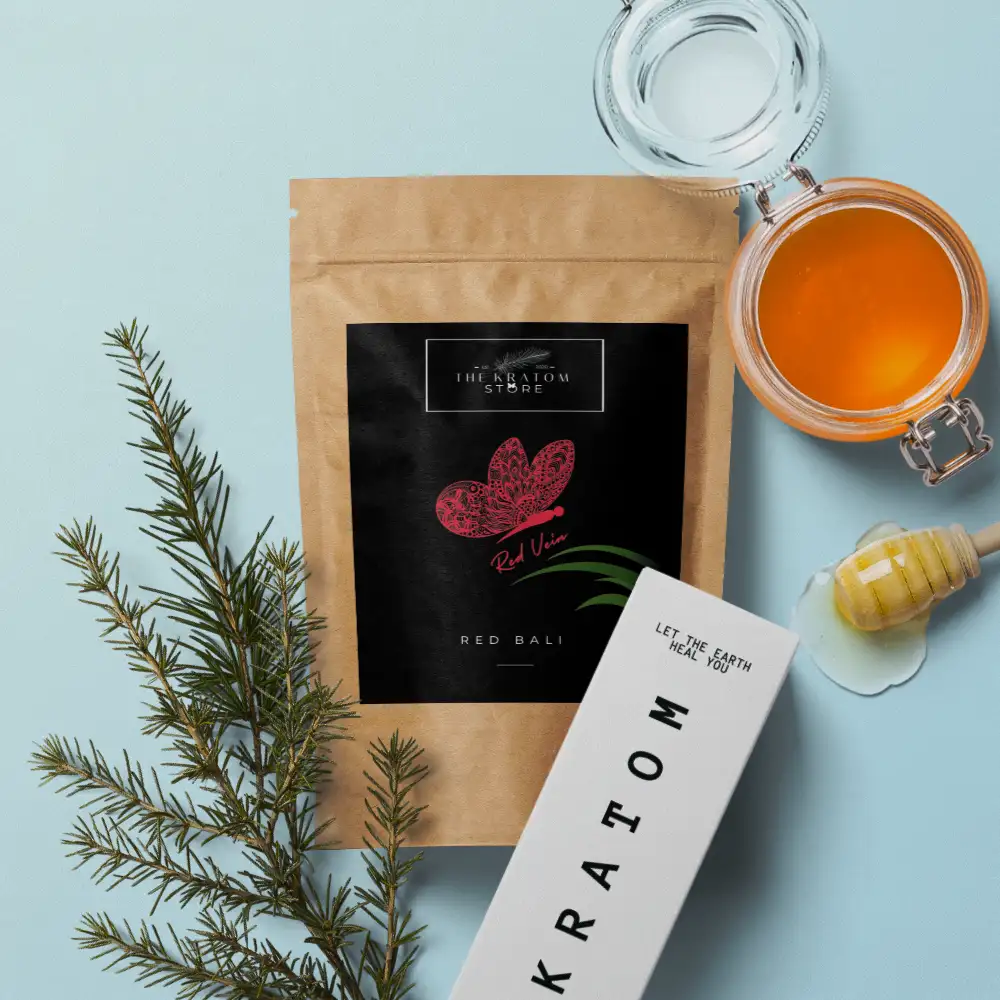
Mitragyna, better known as Kratom is a name we all have heard often over the past few years. It is a botanical substance over which the public has mixed opinions. While some users rave about the effectiveness of Kratom, others are not easily convinced and regard the substance with the same contempt that they associate with Cannabis or other drugs.
The legality of Kratom in the United States is a significant concern when you are debating trying the substance out. It has become a major topic of discussion amongst nootropic enthusiasts. However, due to high demand, lack of scientific studies, and regulation – there is huge misinformation on the internet regarding Kratom. It is important to choose a reliable source of information when buying botanical and nootropic products.
Mitragyna speciosa is an amazing plant with diverse potential. However, it still needs to be used carefully and it is important to gather reliable information regarding the substance before you decide to purchase it. We have the latest news regarding the legal status of Kratom. If you are confused about the legality and want to try out a Kratom product, here’s everything you need to know.
The Inculcation Of Kratom In The US
Kratom is a plant, scientifically named Mitragyna speciosa. It grows the best in temperate and tropical regions. Therefore, the plant grows best and is native to the Southeast Asian countries of the world including Malaysia, Vietnam, Indonesia, and Thailand. Since ancient times, Kratom has been used by the locals belonging to these countries for medicinal purposes. To this day farmers chew on raw Kratom leaves to get a boost of energy. The plant has also made its debut in the United States botanical and nootropic world and people have mixed feelings regarding it.
Why Is Kratom Legally Controversial?
Plant-based products and natural supplements are getting popular all over the States. Statistics show that a significant number of people are leaning towards including natural supplements in their everyday routines. Kratom is no different. However, the FDA and DEA do not regulate Kratom and its legality has become a topic of concern amongst users. As Kratom is a plant product, it has the potential to be contaminated. Furthermore, many irresponsible brands and vendors tend to make sky-high medical claims regarding their Kratom products. Claims as irresponsible as the ability of Kratom to cure cancer have been spread on the internet.
This type of misinformation can result in users overdosing and self-medicating with Kratom. Because of this type of misuse, there are reported cases of people getting sick due to irresponsible Mitragyna use. However, over the past few years, scientists are recognizing the amazing potential of Kratom. Extensive researches are being carried out to know more about the plant.
These scientific researches are helping people see Kratom in a more positive light and more people are willing to give the substance a try than ever before. However, this increase in demand needs to be coupled with responsibility and caution.
The Original Rules Over Kratom
Kratom made an almost instantaneous appearance in the botanical part of the United States. With no regulations in place, vendors started to make medical claims regarding the products. These led to people using Mitragyna excessively and irresponsibly. The FDA and DEA rushed to decide on the product and classified Mitragyna as a Schedule-1 drug. The Schedule 1 classification of Kratom meant that it was a drug that was completely illegal to use, sell, or grow.
This decision if the authorities were not appreciated by the public as Kratom had already created loyal users in the market. People came forward on social media with personal testimonials regarding the effectiveness of Kratom. Fans of the product not only retaliated on social media but also showed up in protests against the decision of the FDA and DEA. The testimonials of the public showed that Kratom was an appreciated substance in the botanical market and led the authorities to revise their decision.
Due to the backlash, Kratom was taken off the list of Schedule-1 drugs. However, the authorities urged the public to use the substance responsibly and with caution. Users of Kratom were urged to come forward with their testimonials and reviews regarding the products. Furthermore, various scientific institutes were also asked to research the substance.
The Next Steps
The backlash against the decision of the FDA and DEA regarding the classification of Kratom as a Schedule-1 drug resulted in the authorities taking back their decision. However, the safety of the public was still a major concern. Therefore, the FDA implement certain regulations to bring negative attention to the substance. This step not only made people wary of Kratom but also resulted in vendors facing significant losses.
The 54-15 import act was implemented which resulted in vendors facing serious losses. Due to the tropical growth requirements of Mitragyna, the plant is mostly imported into the United States. The quality of Kratom brought from the Southeast Asian regions of the world is noticeably higher as compared to the products of vendors who try to grow the plant in the United States.
The 54-15 import act allowed customs officers and authorities to seize any shipments which were determined to be carrying Kratom. This resulted in severe monetary losses faced by the vendors. The reputation of many vendors was also tarnished due to this reason.
Moreover, the authorities made it necessary for every vendor to remove any medical claims regarding their products on the websites. These claims were not supported by medical evidence and could be misleading. A disclaimer was also made imperative which informed the public regarding the unregulated status of Kratom.
Current Legal Status Of Kratom
The federal laws of the United States declare Kratom completely legal and free to use. However, as the FDA and DEA do not regulate the substance, every state has the freedom to implement its independent laws regarding the substance. Currently, six states have the product completely banned. These include Arkansas, Rhode Island, Alabama, Wisconsin, Indiana, and Vermont. If you live in any of these states, it is not a good idea for you to purchase Kratom without proper research.
All the other states have Kratom either declared legal or included in the list of regulated substances. It is important to conduct a thorough research about a botanical product before including it in your daily routine. Extensive researches are being conducted with Mitragyna as the focus. Kratom is a brilliant product and worthy of trying out. The legality of kratom is a significant factor to consider before purchasing.
Conclusion
In conclusion, kratom is legal in the United States. However, it is important to consult with a physician before taking this herb, as it can have adverse effects. Kratom is a natural plant that has been used for centuries for its medicinal properties. It can help relieve pain, anxiety, and depression. Kratom is also known to boost energy levels and improve mood.

